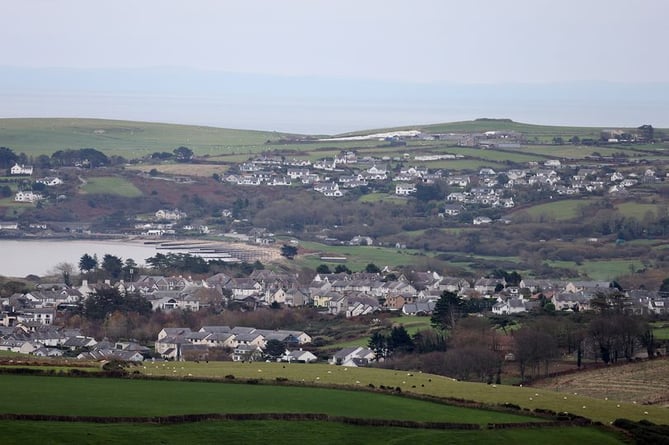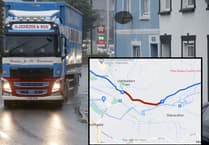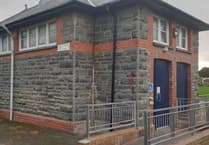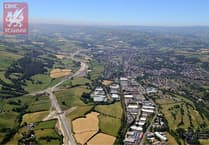Gwynedd has Wales’ highest number of chargeable second homes although the numbers are falling amid the council tax premium hike and holiday property status changes.
According to Welsh Government data, Gwynedd had 4,720 chargeable second properties for the period 2022/3 – a slight fall from the previous year’s figure of 5098.
It also had 1,349 long term empty second properties, a small drop from last year’s figure of 1,558. It means possibly around 6,000 properties are unavailable as homes for local people.
The drop has been attributed to the punitive council tax premium of 100 percent being added to council tax bills on second homes. Gwynedd currently charges a 100 per cent premium on 3,746 homes, as do Swansea, 1,284, and Pembrokeshire, 3,794.
Anglesey, Denbighshire, and Flintshire currently charge 50 per cent, whilst Conwy only charges 25 per cent premium.
The fall is also being attributed the number of holiday home owners getting their properties re-evaluated as ‘second homes’ – to ‘self-catering holiday units.’
Gwynedd was only second in the country to Pembrokeshire, and figures showed it has 3,794 chargeable second homes and 1,322 long term empty ones.
The council had recently passed a motion calling on the Welsh Government to do something to tackle the second homes housing crisis – blighting its area. At a meeting in June, Cllr Rhys Tudur said: “Given the crisis caused by the lack of control over second homes, I propose that the Full Council calls on the Welsh Government to take urgent action.”
He asked for planning legislation and policy for second homes and short-term holiday lets, Welsh language communities housing plan, second homes, local variation to land transaction tax rates.
The First Minister Mark Drakeford and Plaid Cymru leader Adam Price announced a new programme of immediate action to tackle the issue, starting from Monday, 4 July. In a Co-operation Agreement between the Welsh Government and Plaid Cymru changes include planning regulations, a statutory licensing scheme and proposals for a land transaction tax.
A Gwynedd Council spokesperson said: “The figures quoted come from the Council Tax Dwelling Estimate which Gwynedd Council – along with all other Welsh local authorities – submitted to Welsh Government in November 2021.
“The figures are the actual number of second homes in Gwynedd as of October 2021, adjusted by the foretasted number of second homes for the period up to March 2023, taking expected trends into consideration.
“The projected slight fall in the number of second homes in Gwynedd is due to two factors: the 100 per cent Second Home Council Tax Premium introduced in Gwynedd in 2021 acting as a disincentive to owning or buying a second home in the area whilst at the same time, there was an expected acceleration in the number of second home owners who would be applying to the Valuation Office Agency to change the status of their property from a second home to a self-catering holiday unit.
“As a council we are working closely with the Welsh Government to develop new measures to control the number of holiday homes in the area, to prevent second home owners from changing the status of their property to avoid paying the Council Tax Premium and to increase the number of houses available to local people at an affordable price.”
Welsh language campaigners Cymdeithas Yr Iaith Cymraeg have also calledfor action, saying second homes “were only part of the housing problem”.It also calling for a Property Act to ensure that local people have the “right to a home and are prioritised”.
Jeff Smith, chair of Cymdeithas’ sustainable communities group, said: “There is public support for such measures.“We have held well-supported rallies at a local and national level over the last year and will hold the next rally at the forthcoming Eisteddfod in Tregaron in August.”
The figures can be found at:https://statswales.gov.wales/Catalogue/Local-Government/Finance/Council-Tax/Dwellings/chargeableemptyandsecondhomesbylocalauthority




